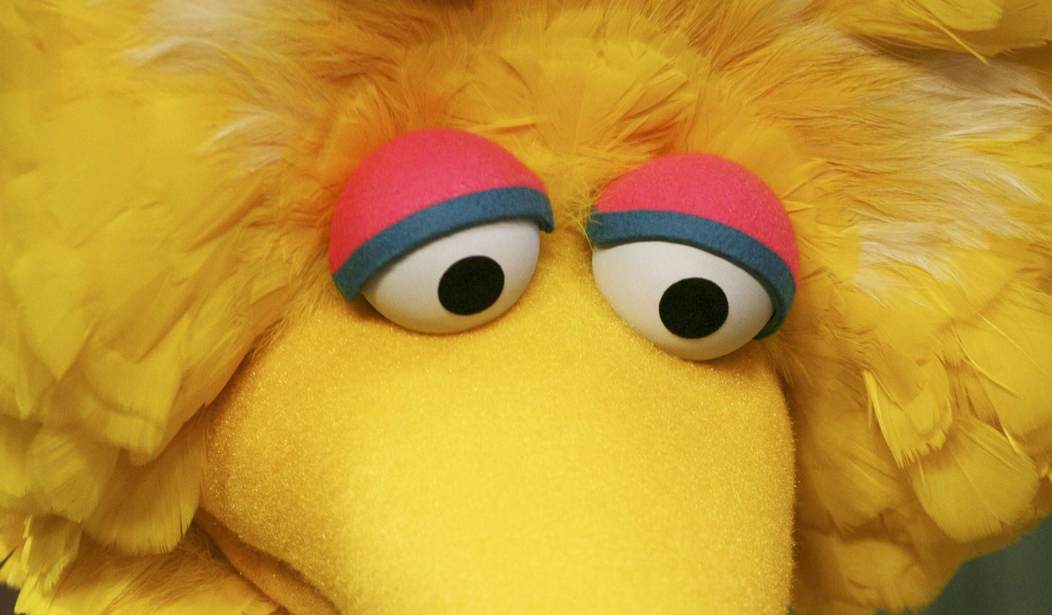My impulse is to lead with “you won’t believe what Sesame Street propagandists are teaching white kids now,” but, in fact, you probably will believe it, given that legacy children’s television programming is now ubiquitously promotive of open race hate against whites in the name of Diversity™, Equity™, and Inclusion™.
Here is Elmo’s diverse grandpappy or whatever explaining Critical Race Theory to what is apparently meant to be a small (white) child.
Across the country, people of color, especially in the black community, are being treated unfairly because of how they look, their culture, race, and who they are. What we are seeing is people saying ‘enough is enough’ They want to end racism!
“Across the country, people of color, especially the black community, are being treated unfairly”
— The Post Millennial (@TPostMillennial) December 22, 2023
pic.twitter.com/GTsUi5pzZL
In the great tradition of Malcolm X, Grandpappy’s voice raises in righteous indignation — fiery but mostly peaceful, if you will — as he declares “enough is enough”!
Elmo hangs his racist muppet head in shame and disgust at his own evilness and selfishness while grandpappy explains that he’s a domestic terrorist.
In the next scene, presumably, Elmo is seen looting his local Target for Equity™ and setting dumpsters ablaze.
I’m not quite sure whether this is entirely accurate or a bit of liberal historical revisionism in the vein of Joe Biden reimagining himself as a civil rights icon — a favorite pastime of the social Justice™ left that constantly wants to frame itself as in favor of whatever cause “before it was cool” — but, allegedly, Sesame Street was, since its inception, a project in racial social engineering.
Via USA Today (emphasis added)
"Sesame Street," which debuted in 1969, was born out of the intersection of the civil rights movement, President Lyndon B. Johnson's war on poverty and subsequent Head Start program, which was meant to provide early childhood education and other necessities to low-income families.
Founders Joan Ganz Cooney and Lloyd Morrissett based the concept for the show around one question, says Akimi Gibson, vice president of formal learning and racial justice content at Sesame Workshop: "Can television be used to teach children and level the playing field for children most disenfranchised by societal conditions?"
The "Sesame Street" neighborhood, designed to resemble the historically Black community of Harlem, was another way of providing positive representation for communities that were often underrepresented in entertainment.
Backed by educational research, Sesame understood that characters, whether they're creatures, human-like Muppets or actual humans, can help reaffirm children's identities by reflecting their own skin tones, hair textures, cultures and languages through the TV screen, Gibson added.
And it resonated heavily with audiences.
In any case, what is indisputable is that the show’s social engineering ethos has become markedly more explicit in recent years. The liberal programming may always have been present, but, if so, it was much more subliminal than its current form. Such is the case with the Social Justice™ movement at large, having abandoned any pretext of true equality and embracing full-on, unabashed anti-white race hate.
Subtlety is a lost art.
Race hate, of course, is far from the only genre of propaganda young viewers are subjected to. For instance, here’s Big Bird getting vaxed up a couple of years ago.
And here’s some gay stuff for the kids to soak up.










